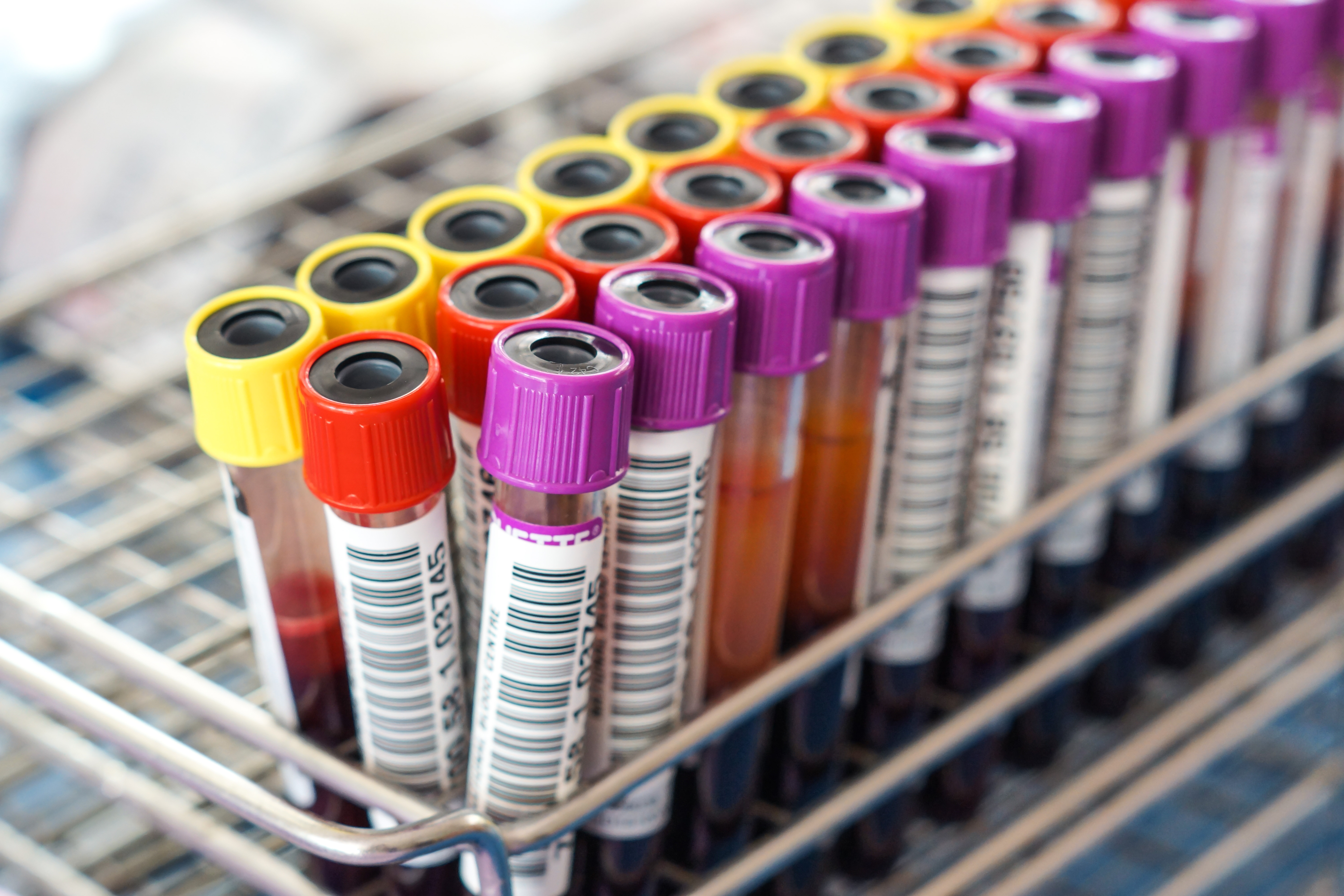Potential IPF Disease Biomarkers Seen in Patients’ Blood
Written by |

Findings by a team of researchers suggest that levels of circulating endothelial cells and fibrocytes may be used as predictive biomarkers in idiopathic pulmonary fibrosis (IPF). The team’s study, “Levels of circulating endothelial cells are low in idiopathic pulmonary fibrosis and are further reduced by anti-fibrotic treatments,” was published in the journal BMC Medicine.
IPF is a chronic lung disease characterized by scarring of lung tissue leading to shortness of breath and progressive breathing problems. Increasing evidence suggests that an abnormal behavior of alveolar epithelial cells contributes to IPF by promoting the formation of fibroblast and myofibroblast foci that are responsible for secreting an excess of extracellular matrix molecules. (Alveolar epithelial cells compose the internal surface area of the alveoli in our lungs, where the exchange of oxygen and carbon dioxide takes place.)
An additional feature of IPF is the abnormal repair and remodeling of capillary blood vessels. In fact, within the fibroblastic foci there are almost no capillaries, suggesting that the abundance of circulating endothelial cells (CEC) and endothelial progenitor cells (EPC) indicates the status between vascular injury/repair and may serve as disease biomarkers. (Endothelial cells normally line blood vessels to maintain vascular integrity and permeability; notably, while EPCs play a role in the regeneration of the endothelial lining of blood vessels, CEC reflect vascular dysfunction and damage.)
Researchers investigated how CEC and circulating fibrocytes (cells that circulate in the peripheral blood and produce connective tissue proteins, such as collagen) are altered in IPF, and whether these cells may be used as biomarkers. To this end, the team analyzed blood samples from a cohort of 67 Italian patients with IPF and compared them to the blood profile of 45 healthy controls (matched for age and sex).
Patients with IPF exhibited extremely low levels (almost undetectable) of circulating fibrocytes, accompanied with low levels of CEC, and normal levels of EPC when compared to healthy controls. When comparing the levels of endothelial cell populations and collagen producing cells in patients treated with both nintedanib (drug that reduces IPF progression and slows the decline in lung function by blocking the signaling pathways that are involved in fibrotic processes) and pirfenidone (an anti-fibrotic drug) with untreated patients, authors also observed a reduction in the percentage of CEC and circulating fibrocytes.
The team highlighted that, although further studies are required to confirm the results, their findings suggest that CEC and fibrocytes may be useful as potential biomarkers of disease progression, severity and treatment responses.






